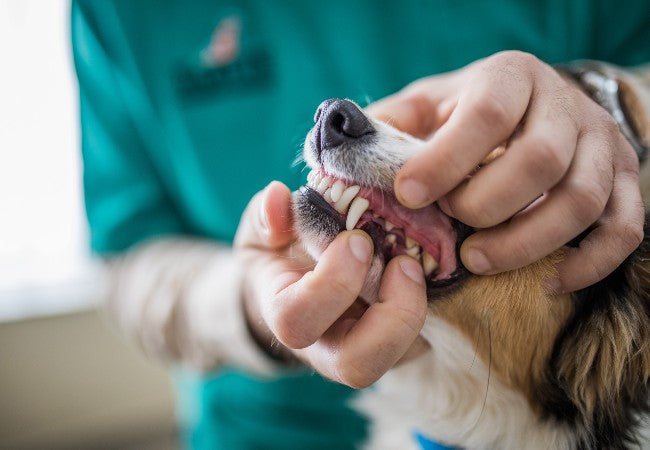Vet Approved Guide: Abscessation in Dogs – Causes, Symptoms & Treatment in 2025 🐶🐾

In this article
Vet Approved Guide: Abscessation in Dogs – Causes, Symptoms & Treatment in 2025 🐶🐾
By Dr. Duncan Houston BVSc
An abscess is a painful pocket of pus caused by infection, often from bites, foreign bodies, or dental issues. While some are superficial, others can form deep within organs like the liver and pose serious health risks. Recognizing and treating them promptly is crucial. 🛡️
🧩 What Is an Abscess?
An abscess is a pus-filled lump resulting from the body's attempt to wall off bacteria—it can be firm or squishy and often painful. It may rupture or spread if left untreated.
🛠️ Common Causes
- Bite or trauma wounds: The most frequent cause, introducing bacteria deep into tissues.
- Tooth root infections: Dental abscesses, often in carnassial or molar teeth.
- Anal gland impactions: Can lead to anal gland abscesses.
- Grass seeds/foreign bodies: Embedded material can drive deep infections.
- Organ abscesses: Internal infections in organs like the liver or prostate.
🔍 Signs to Watch
- Painful, warm, swollen lump—see redness with superficial abscesses.
- Facial swelling under the eyes or jaw pain could indicate dental involvement.
- Foul-smelling discharge if the abscess opens.
- Systemic signs—fever, lethargy, poor appetite, limping for deep abscesses.
- Specialized signs—scooting for anal abscess; liver abscesses cause abdominal pain and vomiting.
📞 When to See Your Vet
Immediate veterinary attention is needed if you notice swelling, pain, discharge, systemic illness, or facial lumps—delays risk spread or organ involvement.
🩺 Diagnosis Process
- Physical exam and medical history.
- Fine-needle aspiration or culture to identify bacteria.
- Imaging—x‑rays or ultrasound for internal abscesses.
- Blood tests if systemic infection is suspected.
🛠️ Treatment Approach
- Drainage: Either via incision and flush or by aspirating pus. Lavage with sterile solution is standard.
- Debridement: Removing foreign material or dead tissue often during surgical drainage.
- Antibiotics: Prescribed based on culture results—must complete full course.
- Pain relief: NSAIDs or other analgesics support recovery.
- Drains: Used in larger wounds to encourage continued drainage post‑op.
- Treat underlying causes: Extract infected teeth, empty or remove anal glands, remove foreign bodies.
🏡 Home Care & Monitoring
- Clean incision and drain sites daily with warm saline as instructed.
- Limit your dog’s activity to prevent wound disruption.
- Ensure size-appropriate pain meds and complete the antibiotic course.
- Follow-up with rechecks ensures proper healing, generally within 5–7 days.
📱 Vet‑Backed Support Tools
- Ask A Vet: 24/7 expert guidance for symptoms and treatment progress. 🩺
🎯 Final Thoughts
Abscesses range from a minor nuisance to a serious threat if deeper or systemic. Early detection, professional drainage, antibiotics, and diligent home care lead to excellent outcomes. Don’t ignore lumps or infections—your dog’s health depends on timely action. 🐾
For reassurance and support at every step, download the Ask A Vet app today. 📲🐶






